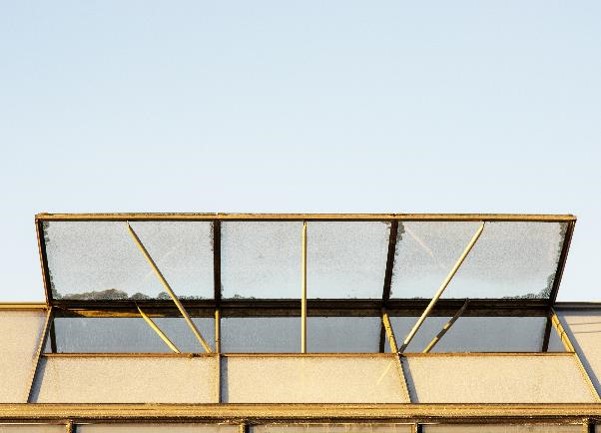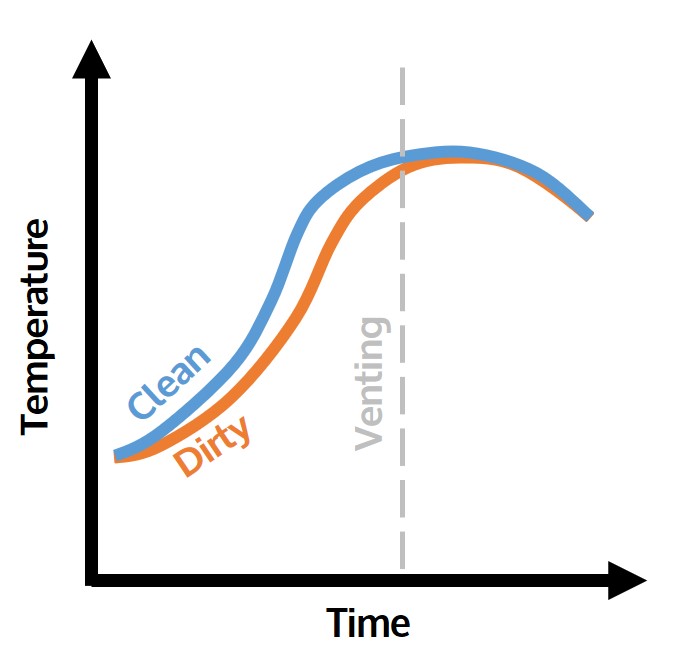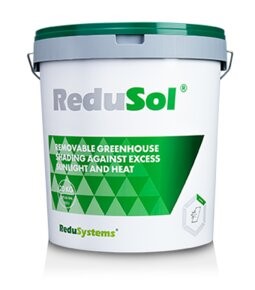Wednesday 9th March 2022
With rapidly increasing input costs growers need to look at every method of achieving more with less. Rapidly increasing energy prices will have a significant effect on glasshouse growers who are heating early spring crops. Below we look at two simple options to help increase light and heat levels in the glasshouse without turning up the thermostat.

1) Clean Glass
Algae, moss, leaf debris, dust and sand can soon create an unsmooth surface on the glasshouse roofs and walls. Once the surface is no longer smooth it does not shed water as quickly and dirt starts to become deposited even quicker. The dirtier the glass, the less natural light penetration, the less light penetration the less heat. This can be particularly important in spring as it slows the process of heating the greenhouse in the morning before venting heat later in the day. Increasing the temperature in these first few hours of daylight can have a noticeable effect on germination and yield.
Less Light = Less Morning Heat
By cleaning glass using products such as GS-4 (Ammonium Bi-Fluoride) just 1% increase in light levels can increase yields by 0.5 > 1.25%. In a period of rapidly increasing costs, these gains are important.
Rather than seeing glass cleaning as a chore it should be seen as an investment in light and heat. This is because regular cleaning has been proven to consistently increase light levels by 5-10%.


2) Choose the Correct Shading
There comes a point
with most Glasshouse crops when shading will need to be applied. Choosing the correct product is extremely
important for managing heat in the greenhouse. Redusol, the shading paint from Lumiforte has a significant advantage
over other products when wanting to increase early morning heat. When wet from early morning dew it allows in more
light than competitor products. As the
sun rises and the due dries the Redusol begins to then shade more. This has the effect of increasing morning
temperatures in the greenhouse reducing heating requirements.
More Morning Light = More Morning Heat


